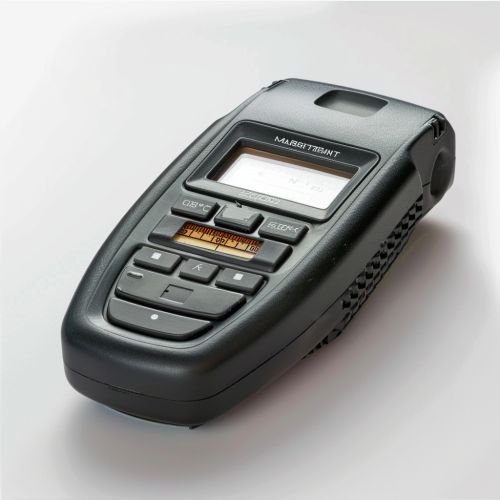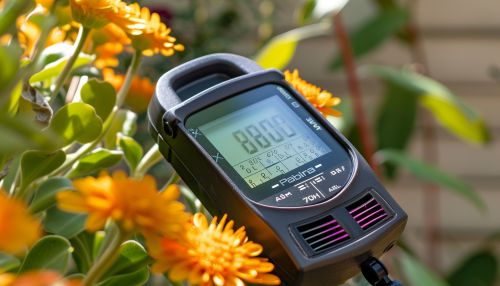Light Meter
Introduction
A light meter is a device used in photography to measure the amount of light. It is an essential tool in the field of photography, cinematography, and scenic design, allowing for precise control over exposure in the photographic frame.


History
The concept of measuring light for photography has been around since the early days of the medium. In the late 19th century, photographers would use rudimentary methods such as trial and error or rely on their experience to estimate the correct exposure. The first patent for a device to measure light in photography was granted to Arthur Dalladay in 1890. His invention, called the Actinograph, was a simple device that used a paper strip treated with light-sensitive chemicals to estimate exposure times.
Types of Light Meters
There are several types of light meters, each with its own specific use and advantages.
Incident Light Meters
An incident light meter measures the light that falls onto a subject. It is often used in studio photography or on movie sets where the lighting conditions are controlled. This type of meter is usually held in the hand and pointed towards the light source.
Reflected Light Meters
A reflected light meter measures the light that is reflected off the subject. This type of meter is often built into cameras and is used in situations where the lighting conditions are not controlled, such as outdoor photography.
Spot Light Meters
A spot light meter measures light in a very narrow field of view, typically less than 5 degrees. This type of meter is often used in landscape photography where there are significant variations in light across the scene.
Flash Light Meters
A flash light meter is designed to measure the light from a flash unit. This type of meter is used in studio photography where flash units are often used.
How Light Meters Work
Light meters work by measuring the intensity of light. They do this through a light-sensitive cell, usually a photodiode or a photovoltaic cell, which generates an electrical current when exposed to light. The current is then measured and converted into a light reading.
The light meter uses this reading to calculate the correct exposure settings for a photograph. This is done by balancing the three elements of exposure: aperture, shutter speed, and film speed (or ISO in digital photography).
Using a Light Meter
To use a light meter, the photographer first sets the film speed (or ISO) on the meter. The meter is then pointed at the subject or scene to be photographed. The meter will then provide a reading, which will indicate the correct combination of aperture and shutter speed to use for a correctly exposed photograph.
In the case of an incident light meter, the meter is held near the subject and pointed towards the camera. For a reflected light meter, the meter is pointed towards the subject. A spot meter is aimed at a specific part of the scene, while a flash meter is used to measure the light from a flash unit.
Importance of Light Meters
Light meters are an essential tool in photography and cinematography. They allow for precise control over exposure, ensuring that the final image is correctly exposed. Without a light meter, photographers and cinematographers would have to rely on guesswork or trial and error to determine the correct exposure settings, which can be time-consuming and lead to inconsistent results.
While many modern cameras have built-in light meters, standalone light meters are still widely used, particularly in professional and studio settings. They offer greater precision and flexibility, allowing for more control over the exposure process.
